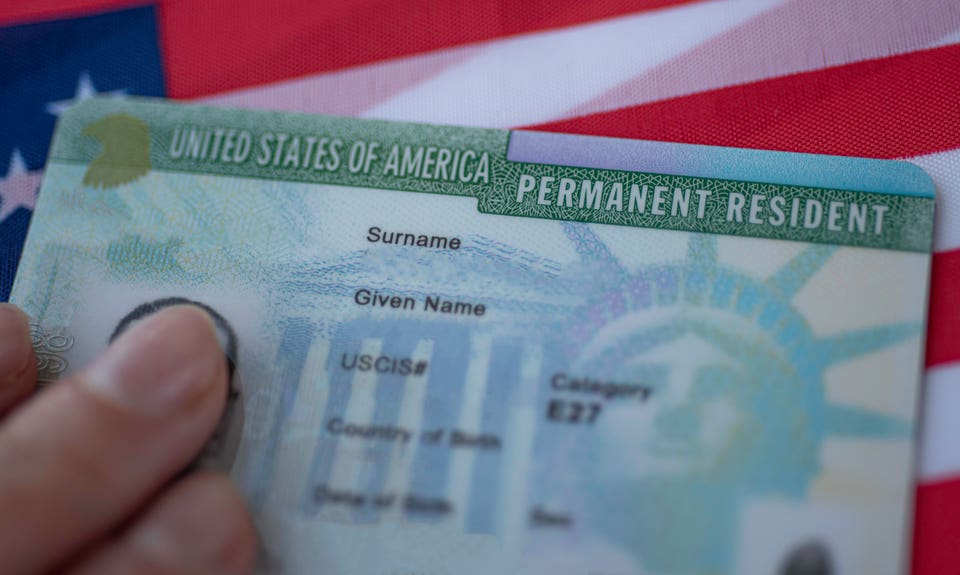
Stress and anxiety don’t just affect how you feel emotionally—they can take a toll on your body too. One of the first areas to suffer is often the neck and shoulders. When you’re worried or under pressure, your muscles instinctively contract as if you’re bracing for impact.
If that tightness lingers, it can lead to soreness, stiffness, and even frequent headaches. The good news is you can train your body to relax and break the cycle. With a few practical techniques and everyday adjustments, you can start releasing tension and feeling more at ease.
If you want a simple method, I recommend buying a neck massager to help you.
Why Stress Hits the Neck and Shoulders So Hard
When anxiety kicks in, your nervous system reacts as though you’re in danger. Stress hormones flood your body, muscles tighten, and your neck and shoulders act like armor, guarding vital areas. It’s a survival response designed to protect you.
The problem is that modern stressors—emails, bills, deadlines—keep triggering that same reaction. Instead of releasing after a short burst, your muscles stay clenched for hours or days. Over time, this can reduce blood flow, irritate nerves, and create that constant ache many people associate with stress.
Techniques to Release Built-Up Tension
Breathe Your Way to Relaxation
Deep breathing is one of the fastest ways to tell your body it’s safe to unwind. Slow, steady inhales and longer exhales help flip your system into relaxation mode.
- Find a quiet spot to sit or lie down.
- Place one hand on your chest and the other on your stomach.
- Inhale slowly through your nose for four counts, letting your belly expand.
- Hold briefly, then exhale through your mouth for six counts.
- Repeat for a few minutes, focusing on letting your shoulders drop as you breathe out.
Gentle Neck and Shoulder Stretches
Light movement restores circulation and helps muscles release. Keep it slow and avoid forcing the stretch.
- Ear-to-Shoulder Stretch: Tilt your head gently to one side and hold for 20–30 seconds, then switch.
- Shoulder Circles: Shrug your shoulders up, roll them back and down in a slow motion 8–10 times.
- Upper Back Release: Place one hand behind your back and gently guide your head toward the opposite side for a deeper stretch.
If you need some massage tools, you can choose to trust us at Ublives.
Warmth for Muscle Relief
Heat encourages blood flow and loosens tight tissue. Use a heating pad, warm compress, or take a hot shower to relax stiff muscles. For added relief, a heated massager can mimic the soothing effect of professional hands.
Self-Massage at Home
You can often work out tension yourself in just a few minutes.
Use your fingertips to knead the muscles along your shoulders and the base of your neck.
Apply gentle, slow circular motions to work out knots.
Pinch lightly along the top of your shoulders to release lingering tightness.
Supporting Your Body and Mind
Releasing muscle tension is important, but addressing the anxiety behind it is just as crucial.
Practice Mindfulness: A few minutes of focusing on your breath can calm both your mind and body.
Progressive Relaxation: Work through each muscle group, tensing and releasing to notice where you hold stress.
Write It Out: Journaling can help unload mental weight and prevent it from settling into your body.
Don’t Overlook Posture and Rest
If you spend hours hunched over a screen, your posture can amplify neck and shoulder pain. Keep your monitor at eye level, sit with your shoulders relaxed, and take regular stretch breaks.
Quality sleep also gives your muscles a chance to reset. Aim for 7–9 hours and use a supportive pillow that keeps your neck in alignment. Weighted blankets can help soothe anxiety and promote deeper rest.
When to Get Extra Help
If tension persists, becomes severe, or is accompanied by tingling or numbness, it’s worth seeing a doctor or physical therapist. Persistent pain might need professional treatment or targeted exercises to fully resolve.
Final Takeaway
Relieving neck and shoulder tightness from anxiety isn’t just about stretching muscles—it’s about calming the whole system. By blending deep breathing, gentle movement, heat therapy, and stress-management habits, you can gradually retrain your body to let go. With consistency, these small shifts can lead to less tension, fewer headaches, and a calmer, more relaxed you.




